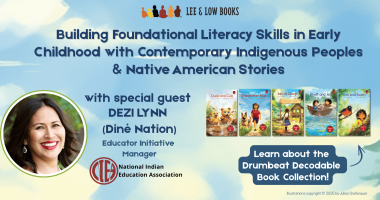Recently I was in Hawaii on vacation and one of the things I noticed right away was how Asians are the majority of the people living there. In the city of Honolulu on Oahu, street signs are in English and Japanese. Generally rice, and even miso soup, are served with all meals, including breakfast. I learned from attending a luau that immigrants from Japan, China, and the Philippines make up a big part of Hawaii’s cultural diversity. When I got back home, a quick web search revealed that Hawaii is the only state in the United States where whites are not the majority of the population.
Years ago, when traveling in Asia, I had a similar experience of suddenly being part of the majority instead of a minority. In separate trips to Taiwan and Japan, I stopped and looked down a busy city street, and stared in awe at a sea of Asian faces—a surreal experience for me. While we are based in New York City, and are fortunate to have a diverse population here, it is unusual for me to have a majority perspective. This is why travel is important. It gives us the opportunity to gain perspectives we wouldn’t normally have otherwise.
My Hawaiian trip also gave me insight into the importance of one of our books. In 2007 we published Surfer of the Century about surfing legend and Olympic medalist Duke Kahanamoku. At the time, I had never heard of Duke, but my trip to Hawaii solidified his fame for me in a big way. In Hawaii his name and image are everywhere. Streets and lagoons bear his name. A big bronze statue of Duke even stands in front of Kuhio beach in Waikiki in Oahu, the statue’s arms adorned with leis made of orchids, placed there by admirers. Now, though, tourist shops are full of bobble heads of Barack Obama smiling broadly, with a surfboard under one arm: Hawaii’s new local hero. Aloha, everyone!








